Open19 Project versus the Open Compute Project
By now, most people have heard of Open Compute which boasts membership comprised of Facebook, AT&T, Google, Microsoft, and other large data center players. The premise being to create an energy efficient, high performance compute environment that does not rely on specific hardware manufacturers, but rather the switches and servers are the “white box” generic type with specs open for anyone to use.
The advantages are many including hardware cost savings, repeatable designs, control of the environment, enhanced PUE (Energy Efficiency) by eliminating anything that draws power without purpose and removing some of the AC to DC conversions of a traditional data center build. As part of this project, several rack layouts were examined. The Open Compute Project adopted specs which call out for a 21” Open Compute Rack (OCR) (specifications found here). The OCP adopted and shared specifications do not include 19” racks.
The OCP was built by and for companies in hyperscale environments that wheel in an entire rack, already populated into their DC environments. The rack would contain fixed configuration hardware already modeled for easy inclusion in DCIM/floor planning. Contrasted to non-OCP racks where power draw, network requirements and hardware contained within them being different from one rack to another making management of the whitespace on the floor very difficult. Adding Software Defined Networking (SDN) increases flexibility in the environment as the physical location of hardware is no longer pertinent to communications abilities. Servers can be assigned to networks on the fly, and resources can be reassigned on the fly.
The Open 19 Foundation was founded to address standard 19” rack/cabinet environments. This allows more standard sizing of the rack and internal components. Open 19 states “The Open19 Project is an open standard technology with wide levels of adoption and a large and strong community defining an industry common form factor.”
The platform currently supports 4 form factors which are encased in a “Brick Cage” similar to blade servers with the brick cage taking the place of the chassis and the bricks being the modules that fit within. The bricks can be a single brick, double wide brick, double wide half width bricks and double high double wide bricks. There are also provisions for a power shelf, storage, and network switches. The advantage being that the bricks and cages fit within a common form factor without modification or new specialty sized racks.
GE has signed on to use Open19 racks for their edge compute environments. The list of companies supporting the Open19 Foundation, currently at 30, is an impressive list that will likely grow in the very near future.
One criticism of Open Compute being that the average company isn’t likely to build to hyperscales like those of Facebook and Google’s scale. While the goals of the Open 19 Foundation, spearheaded by Linkedin, is to work towards solutions for data centers and edge environments of all sizes. According to Yuval Bachar, president of the Open19 Foundation and Principal Engineer, Global Infrastructure Architecture and Strategy at Linkedin, “The Open19 Platform represents a simple solution for a complex problem, so it’s no surprise that the response from the community has been so strong. With the formation of the foundation and the addition of our new partners, we can now begin capitalizing on this interest from the community and building on the vision for the Open19 open platform.” We, at Paige DataCom Solutions, look forward to supporting and working with this project and the companies within the Open19 Foundation.

